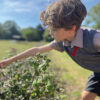by Helen Spiers
Head of Child and Adolescent Counselling, Mable Therapy
It can be hard to accept when our children are struggling with their mental health. Childhood is often seen as a stress-free time of fun and frolics, but for some children this can be far from true. There are several factors that can contribute to poor mental health. Our relationships, sense of identity and the world around us have a massive impact, so it’s hardly surprising that the events of 2020 have seen some children in emotional crisis. Many children have thrived in the pandemic, relishing the chance to spend more time at home with the family, but for others the disruption and uncertainty has left them anxious and overwhelmed.
Routine and boundaries play a huge part in reducing anxiety, so cancelled activities, school closures and continuously changing government guidelines have done nothing to support young people’s mental wellbeing. At our children’s counselling service we wondered whether the new school year would see referral rates drop. Would the increase in structure and purpose help to combat the tsunami of mental health issues? Sadly not. Since September our referrals have gone up, in both our schools and private service. For those directly impacted by Covid-19 it’s been devastating, but even for those seemingly unaffected, prolonged feelings of fear and dread have led to toxic levels of stress and anxiety. We’ve also noticed an increase in younger referrals, as parents struggle to reassure their children about future uncertainty. So how can we support our children with their mental health, without burdening them with adult worries? What are the signs that our children might be struggling? And how do we support them to develop the resilience to face the new normal?
Stay alert
Spotting mental health issues can be tricky. Many parents come to me feeling helpless, seeking my expertise. I tell them that when it comes to their children, they’re the experts. If instinct is telling you there’s an issue then you’re probably right. Changes in behaviour are a strong indicator, so if your child has become uncharacteristically withdrawn, aggressive or anxious then they may be struggling. If they’ve lost interest in themselves or their relationships, this could also be a sign of a change in their mental health. Whether it’s bullying, anxiety, or stress about school or friendships, identifying that there’s a problem is the first step in supporting them.
Find the positives
When the pandemic first hit, even counsellors struggled. How do we reassure young people, when we don’t know what’s happening ourselves? This was a huge warning sign that we hadn’t dealt with our own anxieties. Dedicate time to exploring your own emotional state and seek support from those around you. Only then can you model the calm reassurance that children need to develop their resilience.
Once we’re in a positive place it’s easier to promote a sense of optimism and self-esteem, which is key to building resilience. We want children to see the world as a safe place where problems are temporary and challenges can be overcome. Give your child space to talk about their worries, but try to steer conversations in a positive way: ‘It’s really sad to think your football might be cancelled again, but we got through it last time so we can do it again.’
To promote children’s resilience, the last few years have seen many schools adopt a ‘growth mindset’ approach to learning. It focuses on modelling positive language. Saying ‘this is hard, but with practice I’ll get there’ will make children more likely to persevere than ‘I’m terrible at this’. Praising persistence over results is a great way parents can help with this. Avoid comparing children to their peers and instead focus on their effort levels and improving their own ‘personal bests’.
Be open
The stigma surrounding mental health is thankfully on the decline, but for some children they’re still learning that difficult emotions are shameful and not to be discussed. I often work with children who have never learnt to recognise or talk about their emotions, and this becomes the biggest part of our work. If children have no outlet to discuss their anger, sadness or fear, then they hold the feelings inside. These internalised feelings will always find a way to come out, whether it’s through disruptive behaviour, tantrums or anxiety.
By modelling that these feelings are okay, we’re letting children know they’re normal. For young people keen to fit in, this will come as a huge relief! If your child does share their feelings with you it’s important to listen carefully without interrupting, respond in a calm, non-judgemental way and don’t dismiss their worries. You don’t need to problem solve. By letting them know you’ve heard them and understood them, you’ll be validating their feelings and reducing their anxiety.
Make real connections
For many parents, screens and social media were a real lifesaver during lockdown. It allowed our children to stay in touch with their friends and acted as childcare when deadlines were looming. Screen-time limits were loosened and monitoring our children’s online activity became even trickier. When they are back at school, it can be hard to get the genie back in the bottle and return to the pre-lockdown rules.
However, we all know the negative impact screens can have. Development, academic results and mental health are all impacted by excessive screen-time and that’s before we consider the content being viewed and the need for ‘likes’ at any cost.
Restricting screen-time can lead to conflict and resentment, but handled correctly it could be the key to improved mental health. Board games, baking or crafts may feel like a big ask at the end of a long day, but they could be the key to an improvement in your child’s wellbeing.
If you’ve tried these strategies and your child still seems low, don’t be afraid to ask for help. Seeking support shouldn’t be seen as a last resort; it doesn’t need to be the mental health equivalent of going to A&E. Good mental health is a lifelong pursuit, so it’s more like taking your emotions to the gym.


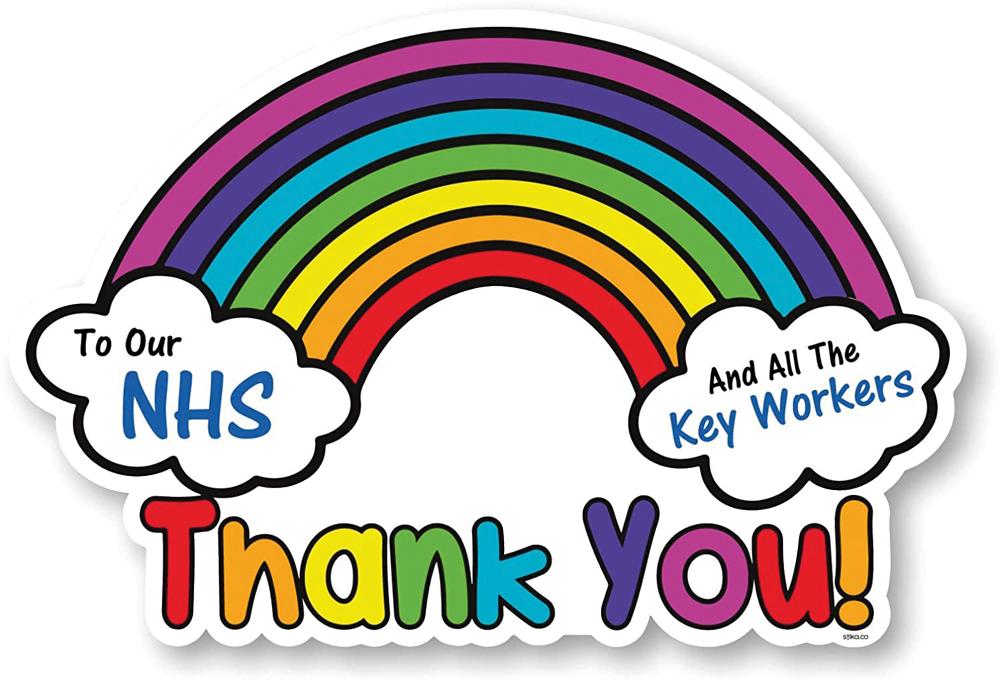
 Alternative social interaction
Alternative social interaction

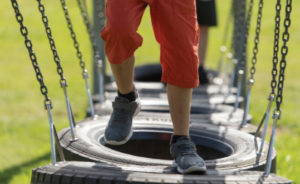 eep active and keep healthy
eep active and keep healthy

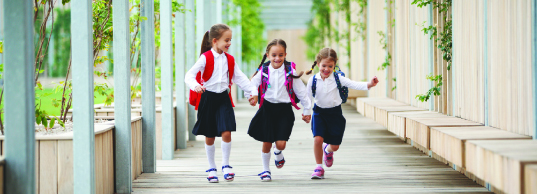
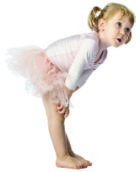
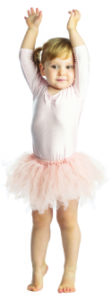
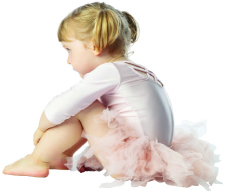 Respect
Respect








